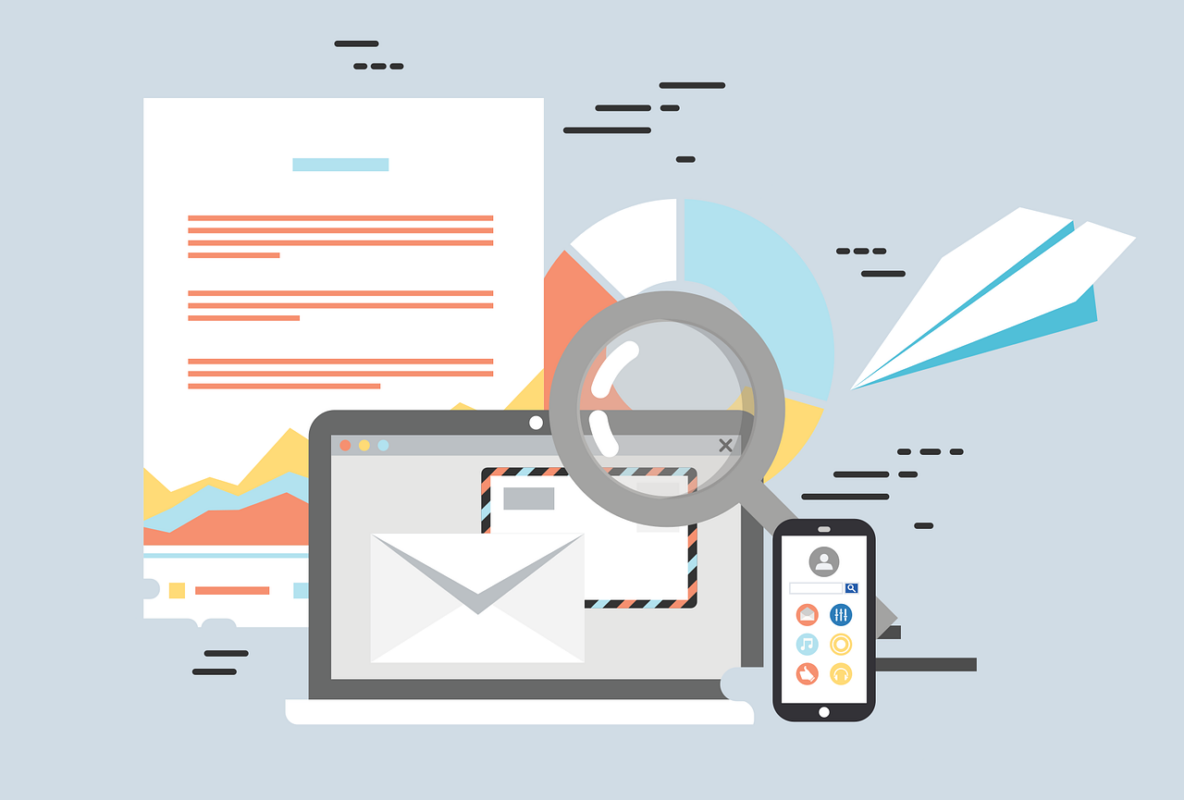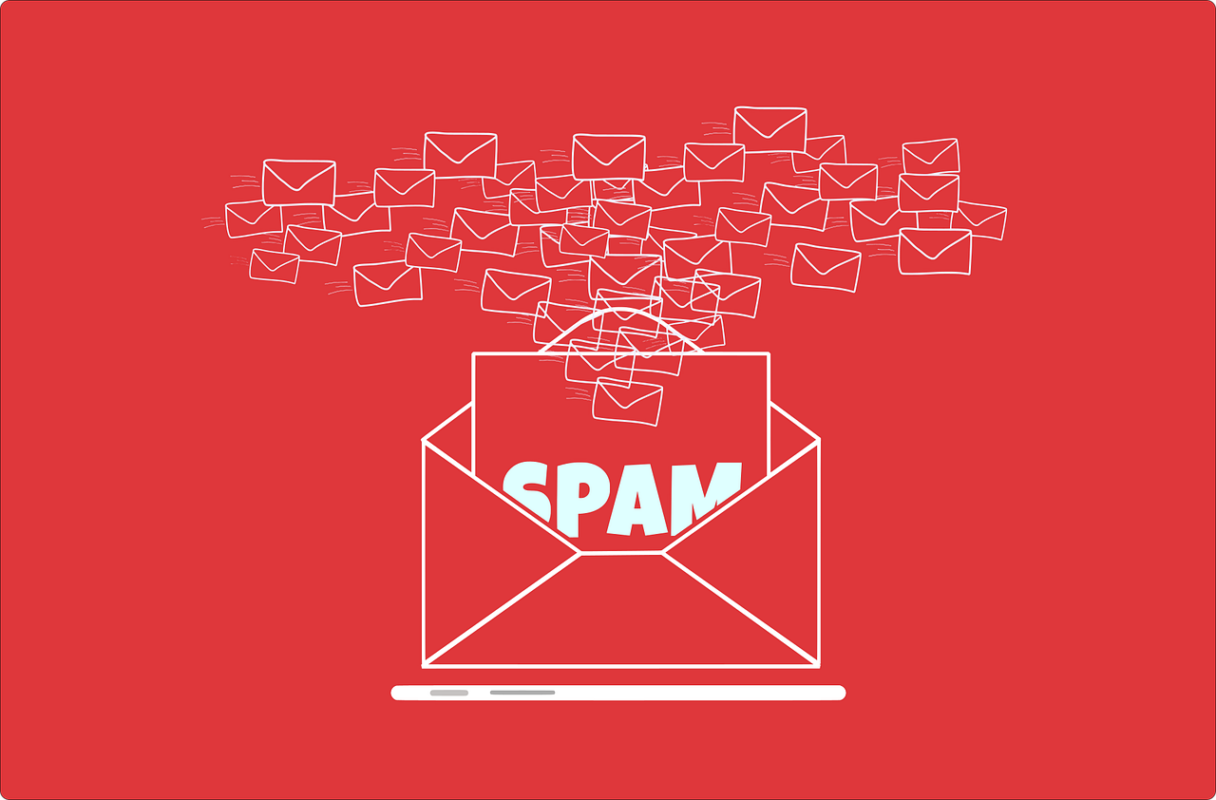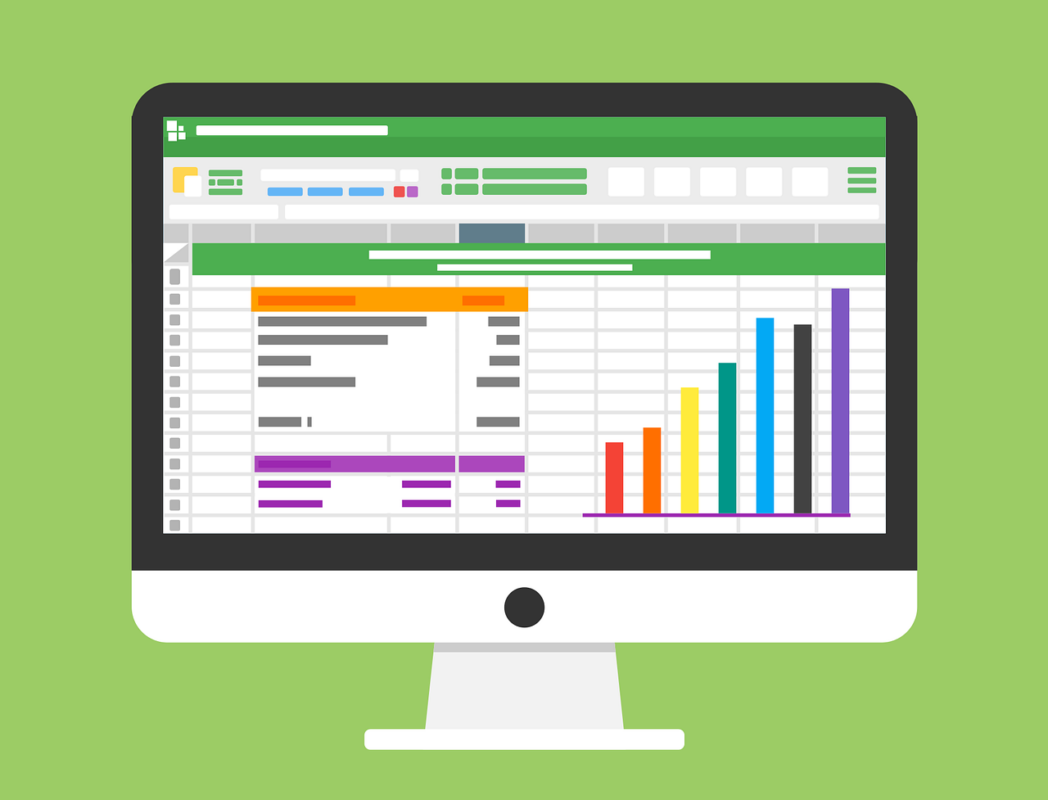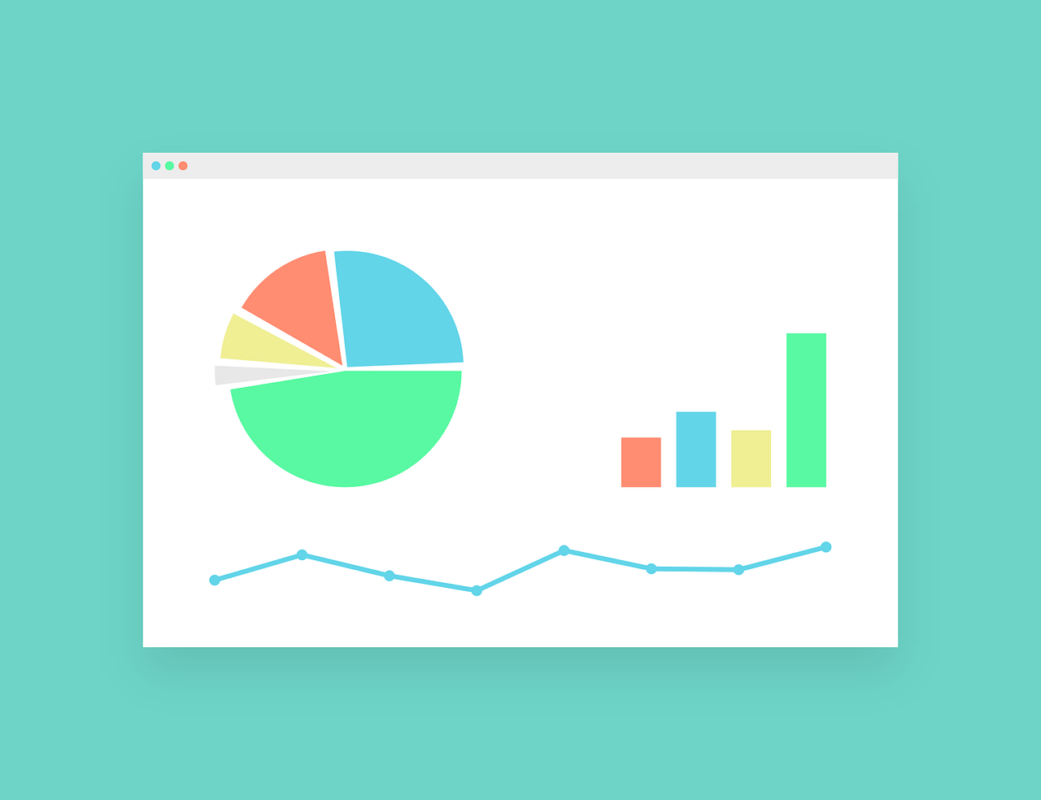Email marketing is a crucial component of any marketing strategy. It provides a direct line of communication with customers and potential customers and enables companies to achieve their marketing objectives efficiently and effectively. Increase the Email Open Rate from Today!
When carrying out an email campaign, we must consider many statistics that will give us a complete and advanced vision of the success we’re obtaining. One of these statistics, arguably the most important of all, is to increase Email Open Rate.
When it comes to having a campaign of this type, we have to consider this statistic, which will give us a value that the higher it is, the better it will be for our campaign. Do you want to know what exactly this statistic is and how to get a good percentage? Then keep reading this post to the end, and don’t miss anything.
What is Email Open Rate?
The proportion of recipients who opened an email marketing campaign out of all emails sent is known as the Email Open Rate. This is a widely used metric to determine an email marketing campaign’s success. This opening rate is usually calculated by multiplying by 100 the result obtained by dividing the total number of emails opened by the total number of emails sent.
The Open Rate estimates how effectively an email’s subject line and sender reputation encourage recipients to open the email. An Increased email open rate is often an indicator of a successful email marketing campaign, but it doesn’t guarantee that recipients will engage with the email content.
Why is it important to increase Email Open Rate?
Understand the key point, An Increase in email open rate is important because it provides a measure of the success of an email marketing campaign, although this is not exact because, as we said earlier, the fact that the recipients open the email doesn’t imply that they will commit to what is inside, whether it’s a subscription, an offer, etc.
An Increase in Open Rate percentage indicates that many recipients opened the email and are probably interested in its content. This can help a company’s marketers to, among other things:
- Evaluate the effectiveness of the issue: Usually, the first thing someone notices when receiving an e-mail is its header or subject line. We can conclude that the chosen theme is quite successful if we have an increase in open rate percentage during email marketing.
- Restructuring the marketing campaign: If we notice that we’re receiving a very low Open Rate or, at least, a lower rate than we were expecting, it will be necessary to restructure our campaign. This may involve changing the subject line or header, rescheduling the sending time, generating a new list of recipients, etc.
In short, the b2b email rates clearly indicate how well we’re doing our marketing campaign. Although it won’t indicate the percentage of engagement of the recipients with our products or services, it will give us a clear idea of the structure of the emails, whether it’s correct or not.
What is the Average Open Rate?
Although there is no exact answer to the average Open Rate in general, we can analyze it by industry or target audience, two very important factors when creating the marketing campaign for our company or the company we’re working for.

For example, most government email marketing campaigns have an average Open Rate much higher than the average, obtaining 28.77%, one of the highest Open Rates. On the other hand, marketing campaigns and advertising emails obtain only 17.38% of the Open Rate.
In general, we can conclude that the average Open Rate among all industries is 21.33%, being between 17% and 28%, the value sought to know if a campaign is successful or not.
We must also consider the type of audience we’re targeting when creating the list of recipients for our campaign e-mails; while the Open Rate on mobile devices is a staggering and impressive 41.9%, the rate drops considerably when it comes to computers, at 16.2%.
According to some statistics, most people, especially young people between 25 and 34 years old, prefer to check their email inbox via their cell phone, while older adults, especially employees, prefer to check their email through a desktop or laptop computer.
What is the Click-to-Open Rate (CTOR)?
Click-to-open rate (CTOR) is often used to determine the success of an e-mail marketing campaign. This is a metric that divides the total number of clicks by the total number of unique opens.

CTOR, which is measured as a percentage, yields accurate data on how interested recipients are in the content of an email. An increase in click-through rate email means that readers are more inclined to act on the email, as they consider the material to be valuable and relevant.
We’re talking about a crucial statistic to determine how well an email marketing campaign performed; it provides a complete view of engagement rather than only analyzing openings, as is the case with the Open Rate.
Despite this, it’s crucial to remember that CTOR is only one metric and has to be taken into account along with others such as Open Rate, Bounce Rate, etc.
How is the CTOR Calculated?
As we said, the Click-to-open rate is calculated by dividing the number of clicks by the number of openings. For example, if the email sent was opened 300 times but got a number of clicks of 150, we divide 150 by 300 and multiply by 100. The 50% obtained will indicate how interested the recipients were in the email. Obviously, the higher the percentage, the greater the interest and, therefore, the greater the campaign’s success.
What is the Click-through Rate (CTR)?

Click-through Rate (CTR) is a metric that measures the number of clicks on a specific link or Call-to-action (CTA) divided by the number of impressions or views of that link. This statistic, in combination with the Open Rate and Click-to-open Rate, will give us a detailed view of the success of our email marketing campaign.
Like the previous ones, a high CTR percentage will indicate that the email content is interesting and valuable and, above all, draws the reader’s attention to click on the CTA link that appears in the body of it, which is exactly what we want to achieve.
How is the CTR Calculated?
As we already mentioned, the CTR is calculated by dividing the number of clicks on the link by the number of impressions, i.e., by the number of times the email was viewed, then multiplying the result by 100. For example, if the email was printed 100 times and had 5 clicks on the link, the CTR percentage would be 5%, which is quite low.
As we said, the important thing is that this metric has the highest possible percentage, as with the other Email Marketing analysis metrics.
Top 14 Best Practices to Increase Email Open Rate

One of the main questions that arise when talking about the Email Open Rate is, is it possible to increase it? The answer is yes; it’s possible to increase the Open Rate of your email marketing campaign, and here are some of the practices you can follow to try to add more potential customers.
1) Make Sure You Have a Low Spam Rate
It’s essential to have a low spam rate and a high Open Rate. A high spam rate will result directly in all our emails falling into our recipients’ spam or junk mail boxes. In the long term, this erroneous practice will cause our email address to be flagged as spam, resulting in the email servers not allowing us to send emails at all.
If you want to know if your email address is flagged as spam, you should go to the Spamhaus Blocklist Removal Center website, add your address to the Domain Name search engine, and click Lookup. After a few seconds, it will show whether or not your email address is marked as spam; if it is, you should contact your email provider’s customer service to find a solution.
Check out this post if you want to know how to avoid the spam folder.
2) Use the Recipient’s Name in the Subject Line
It may seem very simple and without results, but nothing is further from reality; the truth is that many marketers in different companies focus much more on making a perfect email body, but they don’t take into account that the first thing that enters the recipient’s eyes is the subject matter.
Statistically, the recipient will pay much more attention to an e-mail whose body includes your first name rather than a generic subject line. For example, there is a clear difference between a subject line that says “We have something you might be interested in” and one that says “John, we have something you might be interested in!”.
It’s very important that the recipient is interested in the mail at first sight, as there will be more chances for him to open it and, therefore, to see what we want to sell him.
3) Take into Account Subscribers’ Feedback
In case your service is a subscription service, a very important and key practice to increase subscribers, and the number of people interested in the service is requesting feedback when unsubscribing. For example, if you already have several subscribers, you must include a comment box or different options in which the user can indicate the reason for canceling your service.
Whatever the reason, this will undoubtedly be an aspect that you’ll have to improve to avoid the rate of disinterested parties as much as possible and increase the Open Rate.
4) Only Use Optimized Images
If you’ll include images in the email’s body, ensure they’re fully optimized. What do we mean by “optimized”? Simple; when uploaded to an email, images must have a specific resolution, and we’re referring to the size in pixels because if it’s too large, it won’t be displayed correctly on the recipient’s screen.
In addition, they must also be optimized in terms of their size; try to look for compressed images or, alternatively, use a free compressor that you can find on the web that will help you to reduce their size. If an image is too heavy, it will take a long time to load on slower connections, and if the recipient is not patient, they will leave the email without seeing it.
5) Don’t Send too Many Emails in a Row

As previously mentioned, the practice of spamming can completely ruin your marketing strategy, not only causing the recipients to miss your services but, in the long run, your address may be blocked, and you may not be able to send any more mailings or, alternatively, that they’re directly marked as spam.
In case you don’t notice a response or the recipient doesn’t open the mail, avoid at all costs sending the same mail again several times; in fact, the recipient might even get tired of your insistence and block your address. Instead of doing this, here is a practice that will be useful for you.
6) Check the Emails you’re Going to Send
Whenever you prepare an e-mail to be sent in batches to the entire list of recipients, be sure to double-check that it’s well written, without spelling mistakes, avoiding repetitions of words or connectors that make reading difficult for the receiver and, above all, try to make short and pleasant paragraphs to the eye.
When receiving an email with paragraphs of many lines, a person may get tired of reading and abandoning the email without seeing anything of your offer. Try to make paragraphs between 3 and 5 lines maximum to try to keep the reader interested as long as possible.
7) Pay Attention to Statistics

In this practice, we include two aspects: the first one is the analysis of your campaign’s own statistics, reviewing the Open Rate, CTOR, and CTR percentages, among others. This will give you a basic idea of what you’re doing wrong and what you can do to improve, especially regarding the last two metrics.
The second aspect is the use of statistics of interest to the recipient; for example, a subject line that includes “Did you know that the mobile open rate is 41.9%?” can be eye-catching for the reader and encourage him/her to access the email, which is exactly what we’re looking for.
8) Create the List of Recipients Organically
One of the best ways to increase the Open Rate in your Email Marketing campaign is to create recipient lists organically and not generate them randomly, as many companies mistakenly do. Have you ever received an email promoting a product or service you were never interested in or looked for? This is exactly why.
To create your recipient lists, include a registration form on your website in which an email address must be included or, alternatively, include the option for the registering user to choose whether or not to receive promotions by mail. In both cases, start building the lists with these addresses.
9) Generate Expectations
If your main campaign is going to be based on a new product, try to start sending emails promoting it before its release, to generate an expectation on the reader, who may become interested in it and, once the main mailing of the product arrives, will open it without hesitation.
10) Try to Resend Unanswered Emails Using other Formats
As previously mentioned, resending unopened or unanswered e-mails in the same format can be considered spam in many cases, causing the reader not to be interested in the least.
Instead of doing this, try to change the subject and body of the email using the tips we have provided in this post; this way, you can try to make the user interested in seeing that the mail received differs from the previous one.
11) Take into Account Subscribers’ Interests
On many occasions, personalizing emails according to the interests of the subscribed recipient can be a great option to increase the Open Rate. When including a subscription form on your website, don’t forget to include different preference options so that the user can press their favorites and thus be able to send an email adding just those preferences.
12) Test Different Emails Per Day
A great method to increase your campaign’s Open Rate is to send personalized emails according to the day, for example, sending certain emails on Fridays and others on Mondays, both with different themes. This way, you’ll increase the closeness with the recipient, who will feel more comfortable with this way of communicating.
13) Segment your Audience

Continuing with the factor of using your subscribers’ interests, try segmenting your recipient lists and creating groups that receive particular emails. For example, if you notice that a certain group of users communicates more or opens emails on the weekends, but another group only does it during the week, try to send the emails on the days corresponding to each one.
In this way, you’ll increase interaction and Open Rate with the recipient, and the public will see that you’re interested in them receiving the mailings on the days when they’re active.
14) Try not to Make your Emails Too Long
Finally, try to be brief in your emails. Be concise and direct, but don’t be short on content. Try to get to the point without taking too many turns, and, as we have already mentioned, try not to make the paragraphs too long. Also, remember that if you add images, the email length may become too long.
Frequently Asked Questions
Generally, an average open rate of around 15% to 25% is considered good.
It may include poor subject lines, unoptimized send times, and disengaged subscriber lists.
Yes, email design and formatting can significantly influence open rates
Regularly cleaning your email list is crucial for maintaining better open rates and overall email marketing success. An unclean or outdated email list can lead to reduced engagement, higher bounce rates, and potential deliverability issues.
To create compelling subject lines, keep them concise, relevant, and engaging. A/B testing different subject lines can help you determine what resonates best with your audience.
To improve sender reputation and deliverability, maintain a clean email list, avoid spammy content, use double opt-ins, and engage with your subscribers regularly.
Yes, personalization can significantly improve open rates. Implement it by addressing recipients by their first name and tailoring email content based on their preferences and behavior.

